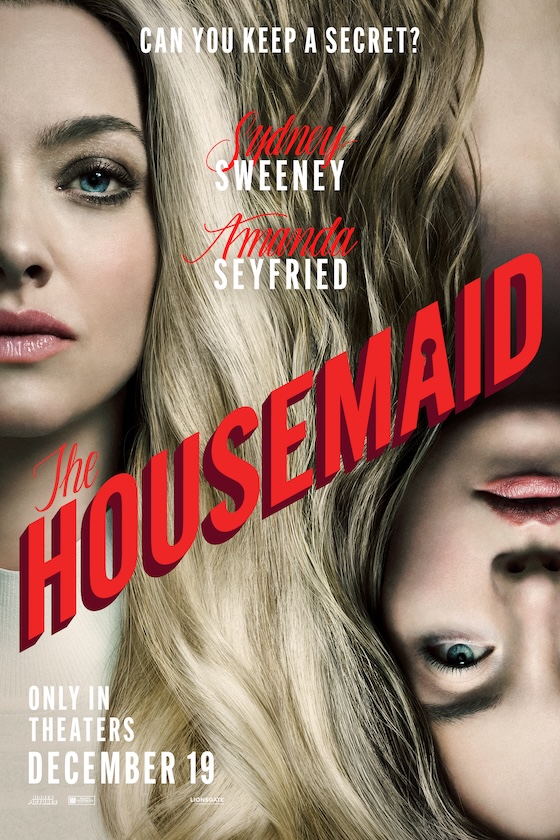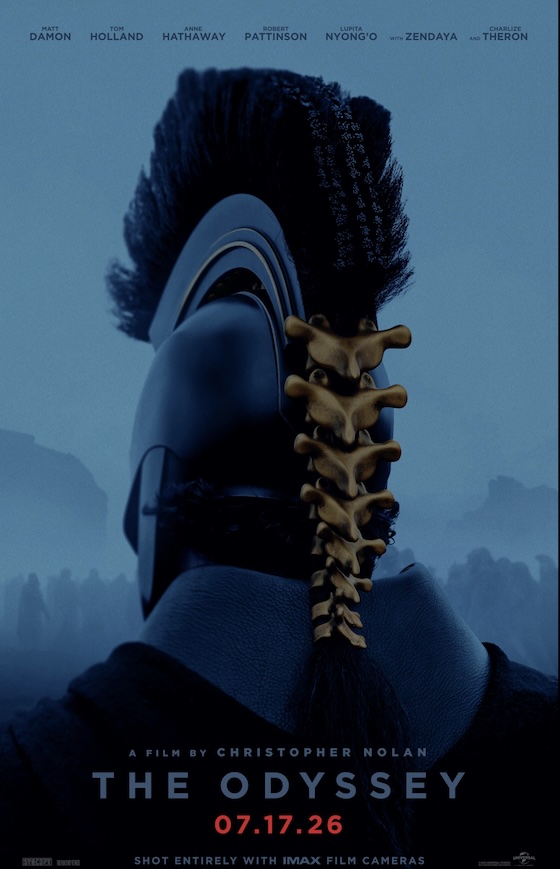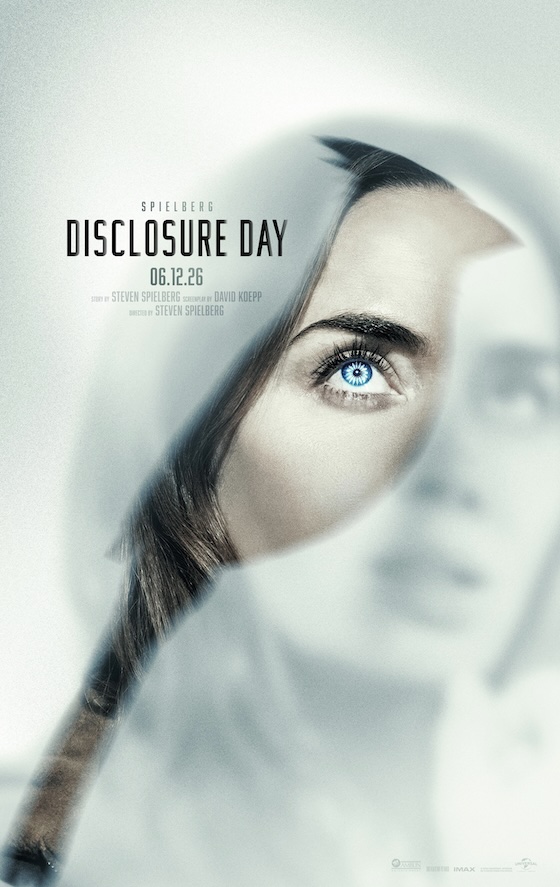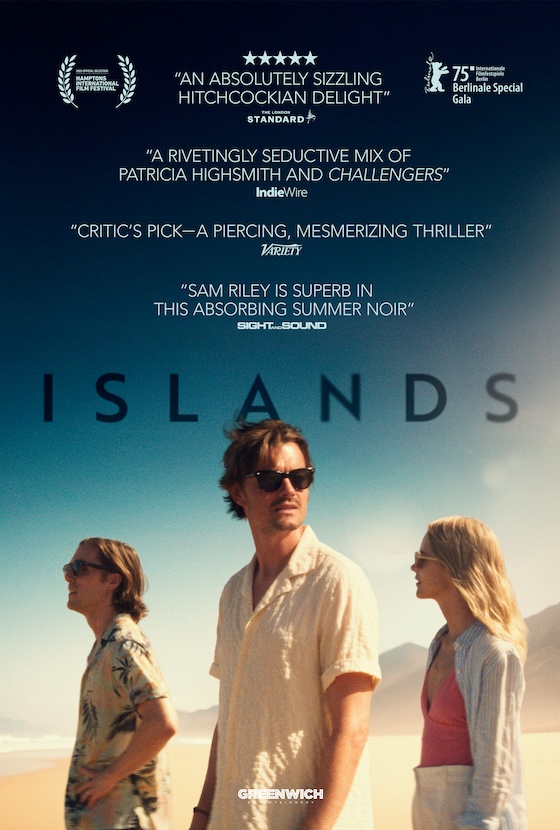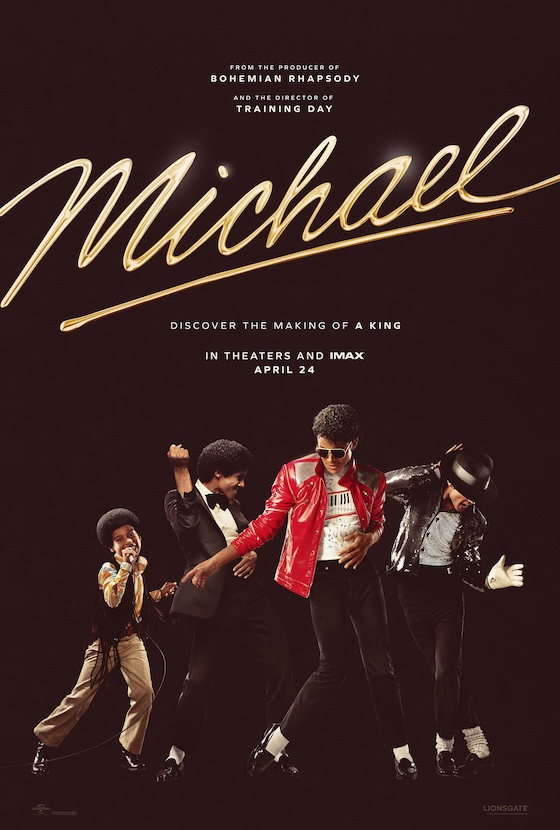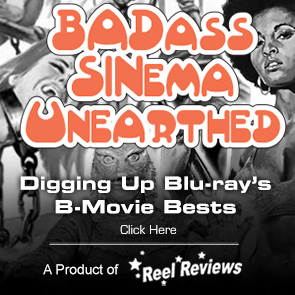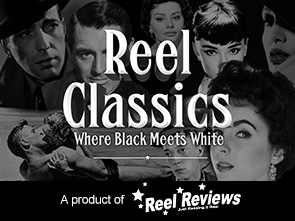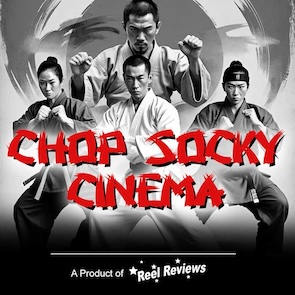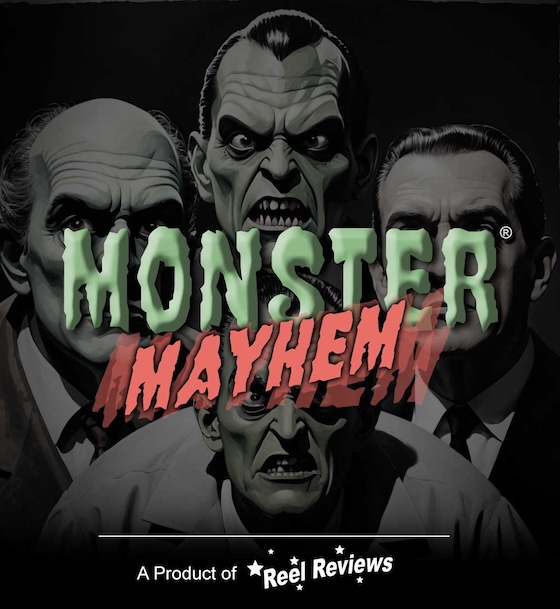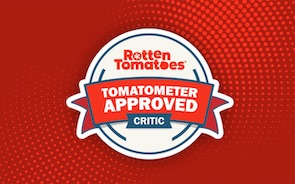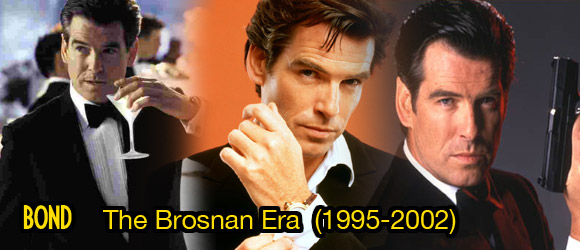
The Soviet Union was gone, the Berlin wall fell, and the Cold War was over. Ever the product of that era, and with a six year hiatus due to legal battles over the rights, Bond’s relevance topically and commercially was yet again being questioned.
Timothy Dalton had been eager for another round as 007, and work had commenced and stalled on his third outing several times in the succeeding years. His final entry in the series, Licence to Kill, had underperformed and although Dalton deservedly acquired himself a loyal group of Bond supporters, the unfortunate truth was he never got his chance to gel in the larger audience’s eyes as James Bond. After umpteenth delays on the start of his new Bond adventure, Dalton announced in 1994 his resignation from the role.
Unlike almost every other recasting, Dalton’s successor was a foregone conclusion in both the producer’s minds and the public’s. Pierce Brosnan had not only been a frontrunner for the role in Roger’s Moore’s days, but had in fact been hired before Dalton, and lost the part due to contractual obligations. But even as the Dalton era got underway, constant polls made it a landslide victory for Brosnan to be the new James Bond as soon as he was able.
This time, freed from any network television commitments, the popular Irishman was able to assume the role he was hungry to play all his life, and in early 1995 camera’s rolled on the 17th Bond picture—with the last 007 cast by Cubby Broccoli.
 Judy Dench, perhaps inspired by the recent appointment of Stella Rimington to MI5, would replace Gordon Brown as the first female M. We were given a new Moneypenny in the guise of Samantha Bond. Questions on Bond’s misogynistic history and relevance in a post-cold war era would be used to great effect through these two characters.
Judy Dench, perhaps inspired by the recent appointment of Stella Rimington to MI5, would replace Gordon Brown as the first female M. We were given a new Moneypenny in the guise of Samantha Bond. Questions on Bond’s misogynistic history and relevance in a post-cold war era would be used to great effect through these two characters.
Who would this Bond be? Pierce Brosnan’s incarnation is considered to be one of the most well-rounded. He handled a dry quip as well as Moore, and was equally convincing physically, like Dalton. From his first frame in Goldeneye, Brosnan confidently takes the franchise away from Dalton’s era into his own. This Bond is far less intense, without returning to the camp extremes of Moore. He doesn’t possess the same instantly recognisable raw physicality as Connery or Lazenby, but his fighting skills and body count make him an effectively dangerous 007 indeed. Of all the Bonds so far, Brosnan is considered the most naturally suave and appealing.
Director Martin Campbell, who would go on to debut the latest 007 to great fanfare, had himself a script and a hungry production crew eager to prove themselves once again. Tina Turner would give a rousing introduction in the title credits, and a new era for Bond would begin.
In Goldeneye, a post-cold war world, Bond is on the tail of an arms dealer determined to steal a cold war era satellite and destroy the financial stability of the entire world. As his mission progresses, a ghost from his past comes back to haunt him and end him.
This was the first Bond film to not take any plot elements from Fleming’s writings, and was a completely original composition. It’s breezy pace, mix of action, classic Bond style villains— and allowance to enjoy itself as it narratively asked the same questions doubters were asking about its relevance in the Nineties—made it a striking and successful departure from Licence to Kill. Goldeneye, named after Fleming’s Jamaican property, became the first film in a decade and a half to out-earn Moonraker, taking nearly 360 million at the box office.
Pierce Brosnan proved unequivocally to be worthy of all the expectation, and, as the Nineties progressed, Bond’s continuation was assured.
Tomorrow Never Dies, as all the films that follow the debut of a new Bond, had with it a certain unavoidable expectation. Was it a fluke? Could Brosnan’s incarnation take the reins and run steady with it? This was the film that answered in an almost schizophrenic way: Brosnan was in, no question; his sophomore movie was deemed unworthy of both the franchise and him—and also deemed not his fault.
Bowing to timing pressures and financial expectations from new owners of MGM, the producers rushed Bond’s next adventure—the first after the death of founding producer Albert R. Broccoli—into production with no solid direction for everyone to go. It shows.
This rather lean story follows a megalomaniacal media baron who wants to cause a war between China and the UK and profit from the fallout. Multiple writers and a rushed pre-production had a script that even Brosnan has stated wasn’t ready on the first day of shooting. Rewrites were required throughout the early part of the shoot, due to complaints from actors; Terri Hatcher to this day regrets doing the part. There was rumour of dissention within the cast and crew; that director Roger Spottiswoode had arguments with Brosnan. All in all, it was a tumultuous production that produced a mediocre outing for 007.
Box Office for Tomorrow Never Dies was respectable, but with a budget that doubled from Goldeneye, a 30 million dollar drop off was not a welcomed result. Critics at the time called it an uninspired and rather pedestrian outing for Bond. While not an unmitigated disaster in line with A View to a Kill, Brosnan’s third outing would have to give an audience more than tired rehashed plots and clichéd supporting characters to take 007 into the 21st Century.
The World is not Enough, the last Bond film of the 20th century, would see a fresh injection of writers, with this being the first of five Neal Purvis and Robert Wade would pen. Peter Jackson and Joe Dante were both considered for the director’s chair, but Gorky Park’s Michael Apted would direct the first Bond film to feature a main female antagonist.
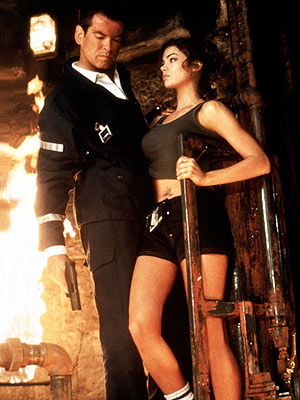 This would be the final appearance of Desmond Llewelyn as Q before his untimely death in a car crash. John Cleese would advantageously be introduced as Q’s heir apparent, despite Llewelyn claiming he had no intention of retiring until the producers no longer wanted him or the ‘Almighty’ did. French actress Sophie Marceau would play the red herring character of Elektra King, Robert Carlyle was cast as Renard, a villain with no nerve endings, Robbie Coltrane made his third appearance in Brosnan’s series, and Denise Richards would go down as the worst Bond girl ever, playing nuclear scientist Dr Christmas Jones.
This would be the final appearance of Desmond Llewelyn as Q before his untimely death in a car crash. John Cleese would advantageously be introduced as Q’s heir apparent, despite Llewelyn claiming he had no intention of retiring until the producers no longer wanted him or the ‘Almighty’ did. French actress Sophie Marceau would play the red herring character of Elektra King, Robert Carlyle was cast as Renard, a villain with no nerve endings, Robbie Coltrane made his third appearance in Brosnan’s series, and Denise Richards would go down as the worst Bond girl ever, playing nuclear scientist Dr Christmas Jones.
The World is not Enough would also see the longest pre-credits sequence in any Bond movie, at 14 minutes. Its story, with Bond guarding what he believes to be a kidnap victim after her wealthy father is assassinated, becomes a convoluted mess that exposes red herrings and an all too tired plot of profiteering from nuclear war.
While the action sequences certainly wowed, especially in the opening, the script attempted to shoehorn in far too many elements—some that shouldn’t ever be mixed—and audiences were left to twiddle their thumbs with boredom between action set pieces while rather bland or irritating characters waffled endlessly to satisfy the turn heavy plot. This film has the undistinguished honour of being the first Bond movie to win a Golden Raspberry Award for Denise Richard’s efforts.
One element that did go down a treat with fans and Bond aficionados alike was the title track by Garbage. It is now regarded as one of the top ten songs from a Bond movie in the series’ history.
Pierce Brosnan once again came out of a mediocre Bond film unscathed, even garnering some awards for his portrayal as 007. This film became the highest grossing of the series at the time, taking 361 million at the box office. But there was an ever-growing consensus that this highly popular Bond was not getting his dues, in respect to the material he was being given. With Brosnan’s three picture contract now complete, questions began to arise as to whether or not he would return for his contracted optional fourth, but Brosnan, even though conscious of Roger Moore outstaying his welcome, was primed for another go.
"I thought it just went too far – and that’s from me, the first Bond in space! Invisible cars and dodgy CGI footage? Please!" –Roger Moore to the Times, London, October 2008.
The final film of the original Bond timeline and the first of the 21st century would see Brosnan’s era at its financial zenith. Die Another Day would become the highest grossing film in the series, celebrating Bond’s 40th anniversary on the big screen, but its reception with audiences the world over would have far reaching implications for the Bond franchise into the next century.
Die Another Day would see Bond captured by the Koreans and tortured over many months. When he is finally released, on some kind of prisoner exchange, he sets out to find the man responsible and uncovers a plot to use a powerful sunlight reflecting satellite to forcibly reunite Korea.
Brosnan’s final outing as 007 went to ridiculous extremes, with antiquated villainy, tired rehashed plots from a bygone era, overuse of CGI, and an invisible car! It also felt, as the 40th anniversary film, like it was trying to hit a checklist of moments acknowledging the anniversary that were so on the nose it detracted from immersing in what they tried to pass off as a story. While production value and the talent amassed, as always, were the best in the business, the 20th Bond film felt very tired and the franchise very stretched thin. And the less said about Madonna’s title song the better.
Box office, on the other hand, was spectacular: 431 million dollars on a robust 142 million dollar budget. It was the first Bond movie the Queen had attended the premier of since You Only Live Twice. There was even talk of spinning Halle Berry’s character Jinx off into her own movie! But this, critically, was the third disappointment in a row, and the writing was on the wall: Bond movies needed to change; the formula needed to change. This was a post 9/11 world, and audiences were not as forgiving on trite conventions long past their used by date.
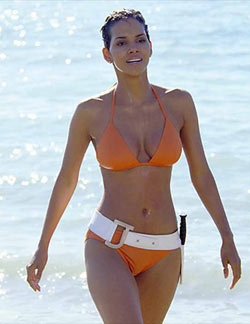 Behind the scenes, producers were also wondering if it was time for a change. Studio deals/exchanges saw the rights to Fleming’s debut Bond novel, Casino Royale, return to the Eon fold in 1999. Having always been a much desired adaptation of Barbara Broccoli’s, both her and Wilson were wondering if it wasn’t time to tell Bond’s origin with a new, younger actor playing 007 at the beginning of his career. But Brosnan was still, despite approaching 50, a much beloved and desired man for the part.
Behind the scenes, producers were also wondering if it was time for a change. Studio deals/exchanges saw the rights to Fleming’s debut Bond novel, Casino Royale, return to the Eon fold in 1999. Having always been a much desired adaptation of Barbara Broccoli’s, both her and Wilson were wondering if it wasn’t time to tell Bond’s origin with a new, younger actor playing 007 at the beginning of his career. But Brosnan was still, despite approaching 50, a much beloved and desired man for the part.
When writing duties did commence, it was in fact for Brosnan’s next outing. Neil Purvis and Robert Wade were under the impression they would be writing Casino Royale for Brosnan (how, I can’t figure, but there you go). Quentin Tarantino also had designs on a purely black and white Casino Royale with Brosnan in the lead. None of this would come to pass.
“Bond is another lifetime, behind me.” –Pierce Brosnan to Entertainment Weekly, July 2004.
After much speculation and conjecture, in February of 2005, Pierce Brosnan put any further rumour or speculation to bed when he posted on his website he was officially a retired 007. Nearly a decade in the role, four very financially successful movies, and a world that wasn’t ready to see him go—not a bad legacy for the fifth man to play James Bond.
It is this reviewer’s opinion that Brosnan was the all-rounder Bond. He played all of 007’s personality traits equally well. What Brosnan wasn’t given, Goldeneye notwithstanding, was a set of film’s that honoured his remarkable ease in the role. If not for him, those films would have been even more detrimental for the Bond franchise; but Pierce Brosnan was bulletproof, and no one thinks he was anything but a perfect fit for Fleming’s infamous spy. He was robbed, in short. Had they taken the Craig era’s approach for Brosnan, what a magnificent set of films they would have been.
Creative fatigue was not Brosnan’s fault. Bond would have to step up to the mat to keep audience’s coming back. Brosnan left the franchise still financially able to pull it off. That is his remarkable legacy. He was brilliant in the role—some say the best since Connery. Pierce Brosnan was unequivocally the most popular choice before, during, and after his turn.
Check out part one of the Bond series - Bond: The Connery Era - (1962-1967, 1971)
Check out part two of the Bond series - Bond: The Lazenby Year
Check out part three of the Bond series - Bond: The Moore Era - (1973-1985)
Check out part four of the Bond series - Bond: The Dalton Era (1987-1989)
Check out part six of the Bond series - Bond: The Craig Era (2006- )
Also, don't miss our review of Bond 50, the massive set of all 23 James Bond movies meticulously remastered on blu-ray.

